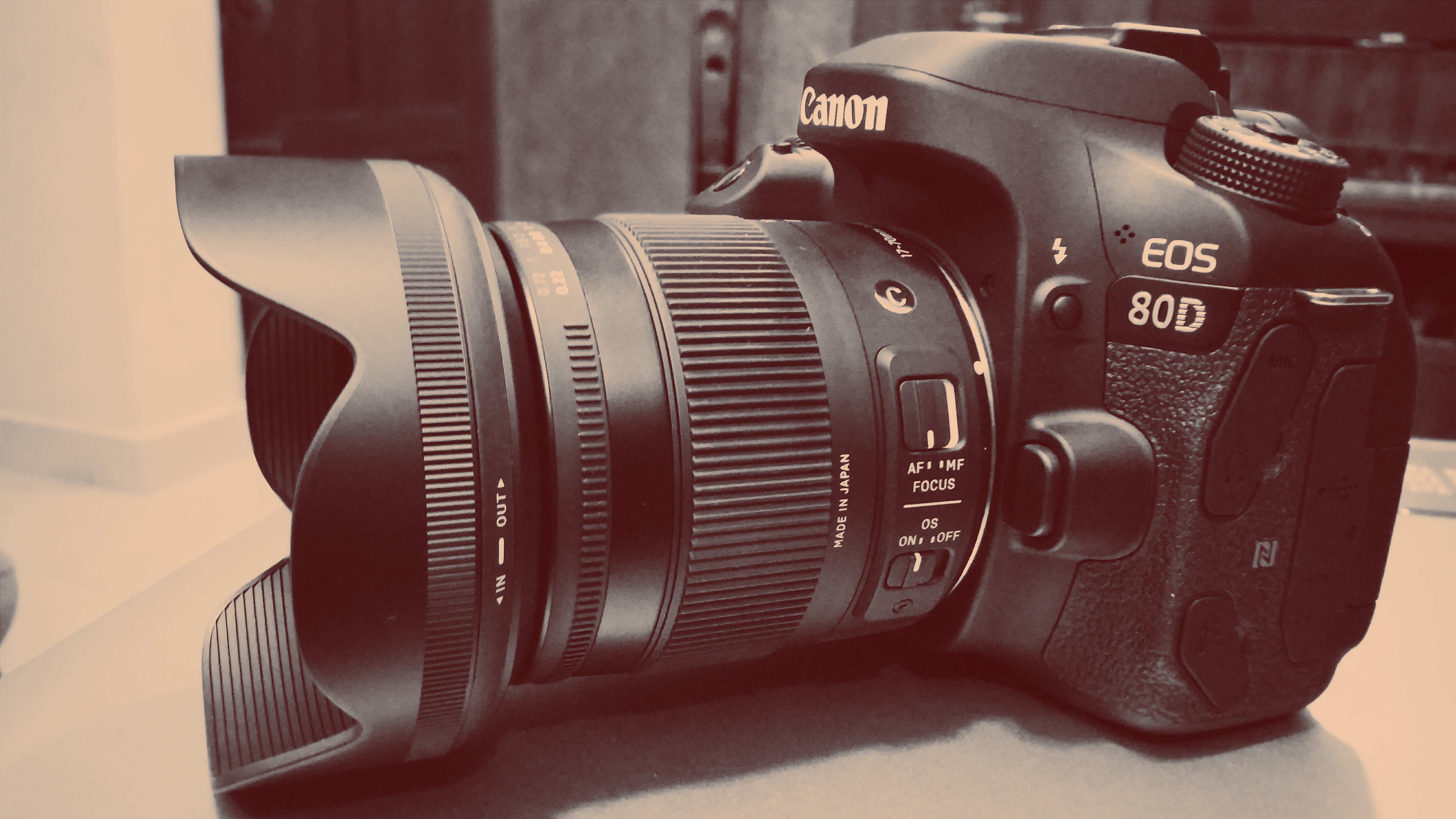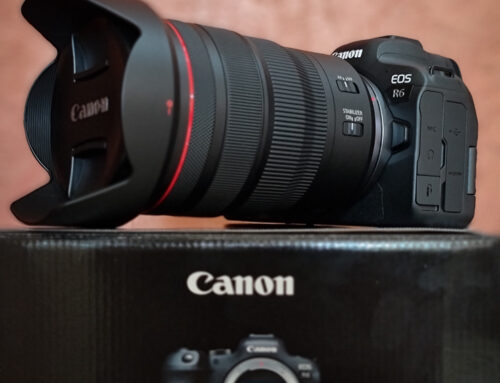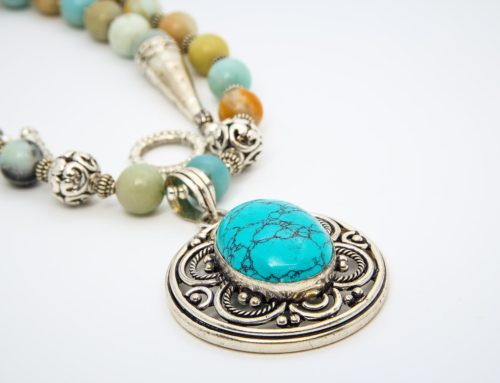I am being asked, quite frequently, about the best camera…
If there was one then everyone would just buy that One.
There wouldn’t be so many makers and models and types of cameras out there overwhelming us with their techs, features and prices.
But there still is that One best.. the one that facilitates you to achieve the images that you have conceptualized/visualized in your mind becomes the best for those particular images.
It’s just not the camera alone but the perfect combination of Your Creativity and the Gear (the lens and camera and throw in the flash or a couple of them depending on if your concept needs them plus any other accessories) that delivers the image you have conceived in your thoughts.
Broadly categorized, there are the Compact (point n’ shoots), Prosumer (bridge camera), Beginner level DSLR, Amateur level DSLR, Amateur-Pro and finally the Professional level.
Your decision to buy a camera is often influenced by many factors:
- The need for a creative pursuit. Photography is one among the top on the list of hobbies.
- Your experiences with your current camera kindles the need for an upgrade, in other words; your current gear has hit its threshold and doesn’t allow you to do the kind of photography you wish to pursue.
- Suggestions from your friends or family.
- And the need to have the latest tech irrespective of how good their current gear is.
Where does one begin depends on many factors.
Your current camera and/or your experience level determines what your next would be. Folks quite often move from point n shoots to beginner level DSLRs.
If you have practiced hard with your prosumer cameras, aka bridge cameras, and got your basics right; you are ready to launch yourself into the amateur or amateur-pro levels.
The folks who have honed advanced photography concepts naturally slide into Pro level cameras.
And yes, folks with deep pockets have the leverage to pick Pro level cameras.
You need to decide the camera model that suits your requirement and budget. The type of camera you have really does not matter if you are not familiar with the camera’s features and settings; you will never realize the full potential of your Gear. Recognize n’ Understand all it’s features and how the features are going to benefit your photography.
For first time buyers, you don’t just buy the camera alone.
You will need to think about the lens. Picking up the kit lens is most common. Do understand that kit lenses are not amazing but it does allow you the leverage to learn without bleeding your pocket. You will grow out of it someday.
But if you are really passionate about your work and aware of the kind of photography you wish to pursue then the kit lens is not of much use. You will search for the lens that best suits your need. If you did not plan and save..it does bleed your pocket generously when compared to picking up one of many kit combinations the camera maker would offer.
Remember, you also have the option of renting the lens.
Along with the camera and lens comes the flash. Folks dont pay attention to this part of the gear because the poor fella doesn’t pop up until required and thus hidden most of the times. Even though experienced photographers would not want to use the on-board flash, for obvious reasons, but it still does a decent job if you understand how it works. You can get some amazing shots if are able to get creative with the on-board flash.
Research is crucial..read multiple reviews pages, youtube videos and request feedback from fellow photographer friends about the camera // lens.
I strongly advise, you still rent out the camera // lens (if the option is available in your location) and try them out. Getting the hands on experience will surely justify if all the feedback that you collected is actually true and works for you.
If your plan is to buy the camera body alone and choice of your lens (and not the kit) or if you have bought the camera elsewhere and now purchasing the lens, it is advisable that you mount the new lens on the camera, before billing, try multiple shots in various light conditions. Review the pics. Confirm if the lens focussing is accurate/spot on.
Accessorize, check if the lens comes with a hood; good for managing flaring apart from offering a level of protection to the front end of the lens.
You also need to consider a UV filter. To pick the correct size UV filter, first check the lens diameter. You will find this detail on the lens itself. Look for a 2 digit number with a Phi—Φ symbol next to it. This number denotes the diameter of the outer rim of the lens. The filter mounts on this rim.
A UV filter does not contribute to your image but it does protect the front element of your lens from environmental conditions like muddy salt water spray while on the beach, dust on a windy day among others.
Hold !!! it’s not yet time to bill your gear..
Data card, your camera not only does photography but videos as well.
You will need at least a Class 10 Data Card with data transfer speeds of at least 30/40 mb/s to do justice to the camera’s burst capacity and transfer large megapixel images to the card.
It is not advisable to buy a 32 GB card just because it would allow you to shoot lots of pics. One situation where you might need a large size card is if you frequently shoot movies. Class 10 cards and above not only allow to take burst shots but full HD movies as well. If you need to shoot 4K movies, your card should have UHS Speed Class U1 and above. Please do not use micro SD card adapters+micro SD cards as it affects buffering/transfer rates.
When you opt for high capacity cards, you need to consider the risk of data loss due to corruption or loss of the card. Two 16GB cards will be a better option than one 32GB card, right!!!. It will also allow you to manage your snaps. If you are out for the whole day, you will be able to track the number of shots and know how much space is left on your cards versus how much more photographs you plan to shoot in the rest of the day.
The Cleaning Kit..maintenance not only ensures your gear looks good but prolongs it’s life as well.
You can either buy a kit pack or components individually. A blower, cleaning solution, microfiber cloth, a lens pen and soft brush are a must.
Never spray any cleaning liquid directly on the gear. Instead, spray it on the microfiber cloth and wipe clean. Remember, dust moves. It might not be on the lens or on your mirror or sensor now but in the crevices in the flash hot shoe. If left unattended it might eventually get there (lens/mirror/sensor/viewfinder).
Dust on the sensor shows up on your images too. You will find blotches on your image that indicate dust particle on that part of the frame in your sensor. Using the blower might dislodge or an authorized service might be needed. Do note that dust might be on your sensor but it might not be obvious in your images until you shoot in deep apertures like f12 and above. Never touch the mirror or sensor with the tip of the blower. While cleaning the mirror and/or sensor, choose a dust free environment. Please switch of the fan/AC in the room. There is a sensor cleaning mechanism in your camera. Activate it to automatically clean at the start and/or when you switch it off. It does allow a higher probability to get rid of the dust.
Finally…the bill please..behold!!!







That was an excellent read!
Thanks ‘el..